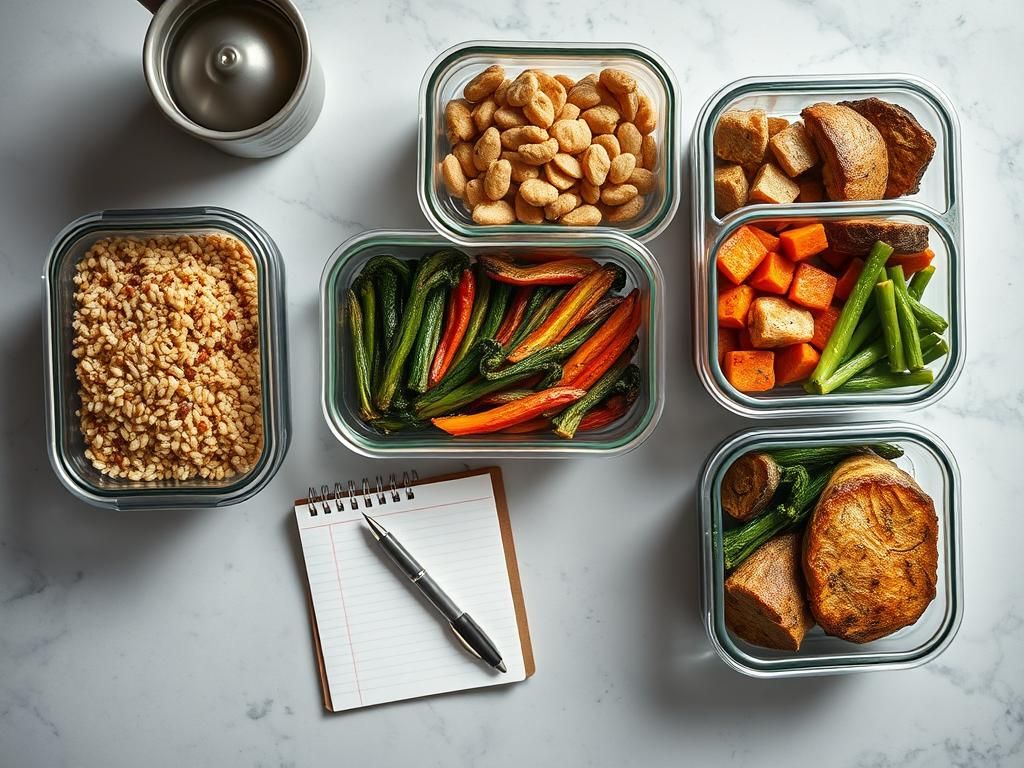
Start with a simple weekly template
Choose three dinner themes (quick, comforting, make-ahead) and assign them to specific weeknights. A predictable pattern reduces decision fatigue and makes shopping focused.
Build a short master list
Create a list of 15 reliable meals you and your household enjoy. Rotate these to keep variety without treating each week as a blank slate.
Staples to keep on hand
- Proteins: canned beans, chicken, tofu, eggs
- Grains: rice, pasta, quick-cook grains
- Veggies: frozen mixed vegetables, a leafy green
- Flavor: stock, canned tomatoes, basic spices
Shop with purpose
Make one consolidated list organized by store section. Buy for the week, not the day: fruits for snacks, one salad component, and ingredients that overlap across recipes.
Batch, prep, and store
Set aside 60–90 minutes once a week to cook a grain, roast a pan of vegetables, and portion protein. Use clear containers and label with dates to speed assembly on busy nights.
Quick weekday assembly
- Reheat base (grain or roasted veg)
- Add protein and a fresh element (salad, herbs)
- Finish with a simple sauce or dressing
Keep it flexible and review
Track what worked for two weeks, then adjust the master list. Flexibility keeps planning realistic: swap nights when schedules change and use leftover nights for creative bowls.
With a short template, a stocked pantry, and 90 minutes of weekly prep, meal planning becomes a small routine that saves time and reduces stress.
